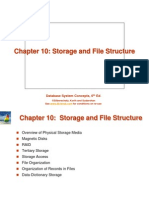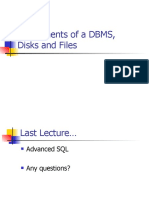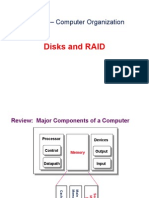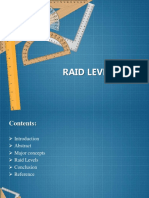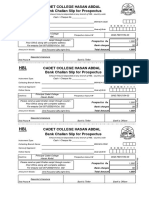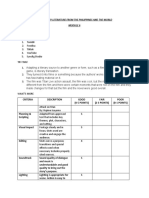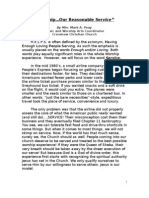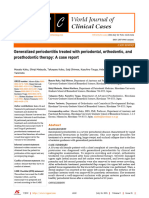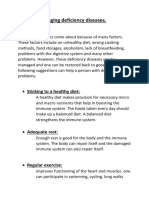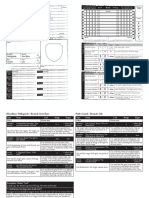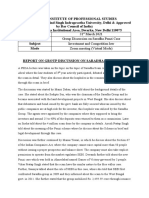0% found this document useful (0 votes)
11 views27 pagesLecture 11 Database - Systems
The document discusses various types of physical storage media used in database systems, highlighting their characteristics such as speed, cost, and volatility. It covers the storage hierarchy, performance measures, RAID configurations, and the implications of fixed-length records. The information emphasizes the importance of balancing performance and durability in storage solutions for effective database management.
Uploaded by
Rifaqat IslamCopyright
© © All Rights Reserved
We take content rights seriously. If you suspect this is your content, claim it here.
Available Formats
Download as PDF, TXT or read online on Scribd
0% found this document useful (0 votes)
11 views27 pagesLecture 11 Database - Systems
The document discusses various types of physical storage media used in database systems, highlighting their characteristics such as speed, cost, and volatility. It covers the storage hierarchy, performance measures, RAID configurations, and the implications of fixed-length records. The information emphasizes the importance of balancing performance and durability in storage solutions for effective database management.
Uploaded by
Rifaqat IslamCopyright
© © All Rights Reserved
We take content rights seriously. If you suspect this is your content, claim it here.
Available Formats
Download as PDF, TXT or read online on Scribd
/ 27

